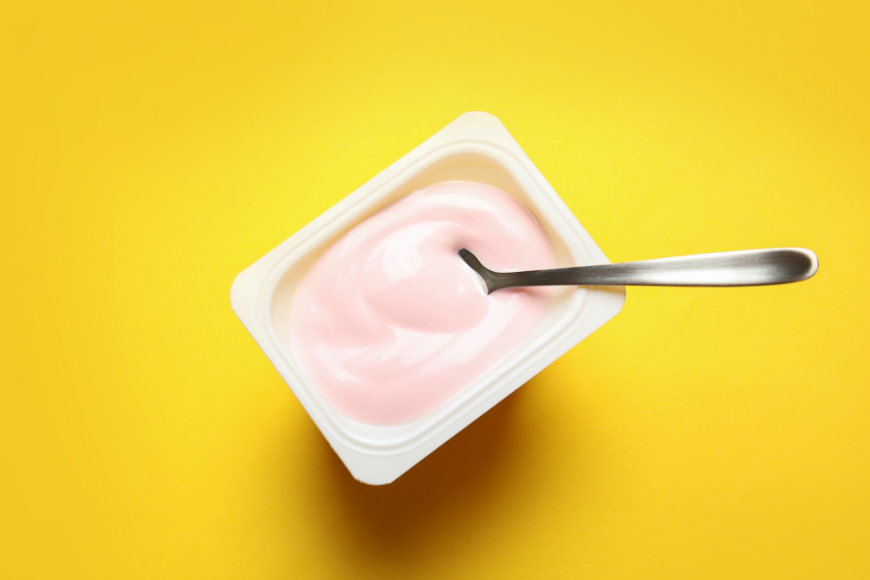Many islands surround Abu Dhabi, some are so close to nature that they are not open to the public, others are available via boats.
24 July 2013
| Last updated on 4 June 2017
There are many islands off the coast of Abu Dhabi emirate. The majority of the islands are flat, sandy and uninhabited, but each has its own character; some of them are opened to the public, some of them are under development, have difficult access or no access for visitors. Abu Dhabi city itself is on an island, connected to the Abu Dhabi mainland by the Maqta and Mussafah bridges.
Here we feature only islands that have interest for EW readers - where everyone can go for boat trips, camping, cultural sightseeing or exciting adventures.

Yas Island and Saadiyat Island
Exploring islands in emirate Abu Dhabi can be started directly from the capital city. Yas Island is a destination unlike any other. The island is the site of a US$36 billion development project by Aldar Properties. It occupies a total land area of 2,500 hectares, of which 1,700 hectares will be claimed for development. The island holds the Yas Island Circuit, Ferrari World, Yas Arena, luxury hotels with beach clubs, Ikea shopping centre and much more. Read more>>
Saadiyat Island will soon become the cultural capital of Abu Dhabi and is poised to become a truly special place. The masterplan includes Zayed National Museum, Louvre Abu Dhabi, Guggenheim Abu Dhabi, The Performing Arts Centre and much more.
Monte-Carlo Beach Club, Saadiyat, is the first beach club on the island of Saadiyat, Abu Dhabi, and is designed to celebrate fine living, culture, wellbeing and health, reflecting the values and heritage of Monte-Carlo SBM sister hotels and clubs in Monaco, in a uniquely Arabian way. This private beach club complements the exclusive experience offered on Saadiyat Beach – Saadiyat’s tourism hotspot. Monte-Carlo Beach Club was opened in September 2011.
The Desert Islands
Nestled in the Arabian Gulf off the western coast of Abu Dhabi, a mere two and a half hour drive from Abu Dhabi, lie the Desert Islands – a collection of eight islands that encompass a world of natural beauty, historic artifacts, exciting adventures and serene landscapes. Desert Islands, or Jozor Al Sahra’a as it is known in Arabic, consist of Sir Bani Yas Island, Dalma Island and six Discovery Islands. These islands have seen the birth and coming of age of Abu Dhabi and were cherished by the former president and late founding father of the United Arab Emirates, Sheikh Zayed Bin Sultan Al Nahyan.
Sir Bani Yas Island, is the largest natural island in the United Arab Emirates located just off the shore of the Western region of Abu Dhabi. Read more>>
Al Lulu Island
Lulu Island, Abu Dhabi is a large manmade island. It stretches from the Abu Dhabi Breakwater to the Zayed Sea Port. It is 7 kilometres in length, 3 kms of which faces Abu Dhabi Corniche. Just a short boat ride from the Corniche, and will eventually be connected to the capital by road, the Lulu Island resort will feature apartments, villas, penthouses and townhouses in a balanced mix of urban and public spaces to be developed over a number of phases. It will offer a wide array of activities, facilities and living options, and a design that will promote a sustainable community experience. Read more>>
Bahraini (Al Maya Island)
One of the larger of Abu Dhabi’s islands, Bahraini Island (aka Al Maya Island) is also among the few that are not off limits to the public. At 7km in length there are plenty of peaceful spots to be found here, which is handy as its surrounding waters tend to fill up quickly from Friday morning onwards.
Charter companies will happily drop you off and pick you up again either later, or the next day if you plan on camping overnight. The boat trip will take around 15 minutes, and magnificent blue water and white sandy beaches surround the island. Even the cruise to Al Maya Island is an attraction itself, as you will see the precious surrounding private islands of Abu Dhabi, the magnificent unspoiled beaches and if you are lucky, you will get a glimpse of the rich marine life of the UAE.
Occasional island dance events are also becoming more common, so depending on which evening you choose, you may find yourself surrounded by clubbers. Camping and barbecues are allowed, but be sure to take responsibility for any debris and the like, and take any rubbish back ashore with you with you.
Al Futaisi Island
Al Futaisi Island is more of a structured resort than a desert island, but unlike Sir Bani Yas Island, which requires that you stay in the hotel, Al Futaisi has no such requirement and a Dhs100 fee per person is all that is required in order to get a ferry across from its office opposite Al Bateen Marina (02 666 6601). This entitles you to use its private beach and swimming pool, but bear in mind boats run at 10.30am and 5.30pm with nothing in between so be sure to arrive promptly or you’ll literally miss the boat.
Sports (beach volleyball, football, Jet Ski hire) can all be found here and the resort offers tours as well as horse and cycling trips around the island. The Island is a bird spotters dream. Huge nests have been built around the Island on outcrops of rocks, by Ospreys - and even the endangered Sea Eagle has found sanctuary here. The list of other winged creatures is extensive including Socotora Cormorants, Terek Sandpipers and Plovers. The Island is a shelter for a rich and diverse variety of flora and fauna, including a species of gazelle that are endemic to the Island, and the famous Dhoub lizard, also Jack Rabbits.
Al Futaisi Island is also an important transit point for migrating birds and flamingoes are commonly seen on the shores of the Island. Sightings of the endangered Green Sea turtle as well as dolphin’s bear’s testament to the rich marine life in the waters surrounding the Island. More info: www.futaisi.com
Marawah Island
Marawah is one of a group of low islands in the Khor al-Bazm channel in the South Arabian Gulf, around 100 km west of Abu Dhabi. The island is home to seasonal fishermen and has yielded evidence of human occupation from many periods stretching back into the distant past. The oldest known human-made structures in the Gulf, as well as the UAE’s earliest known human remains, have shed light on the lifestyle of its ancient inhabitants It is formed of Pleistocene limestone platforms linked by more recent sand and beach deposits and salt flats. Its sheltered shorelines and bays support mangrove trees, one of the few areas in the UAE where the species is spreading naturally. It is a mixed habitat with a range of flora and fauna and is an internationally important site for migratory water birds, notably great knot, which breed only in far eastern Siberia and whose world population winters almost exclusively in Australasia.
A range of sites, including buildings, hearths, burials and water catchment systems have been revealed, excavations that began in the early 1990s, on the western edge of the island’s central rocky plateau, identified as a religious complex, are now known to be the foundations of three dwellings from the Neolithic Period (Late Stone Age). At some 7,500 years old, these remains predate even the earliest Egyptian pharaohs. One house consisted of at least four rooms. The skeleton of a man, aged between 20 and 40 years - the UAE’s oldest known inhabitant to date - was found on a stone platform in one of the rooms. He was laid to rest on his left side, in a foetal position, with his head facing north-east.
Marawah has produced substantial quantities of stone tools, mostly of flint with many arrowheads and spearheads. The presence of cores, waste flakes and hammer-stones indicate that at least some of the tools were made on the island. The discovery of more than one hundred beads and two beautiful pearl oyster shell buttons show that these early inhabitants were interested in personal ornaments. It is likely that the southern Gulf pearl trade began at about this time. Some Marawah island sites of Neolithic date (Late Stone Age) have produced fragments of Ubaid pottery, of southern Mesopotamian (Iraq) manufacture, indicating the inhabitants’ involvement in maritime trade at this early date.


.png?itok=9iSFSUVe)




























































.png?itok=o7XUYJI4)















































.png?itok=EH_x0Pha)































